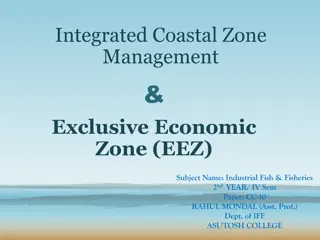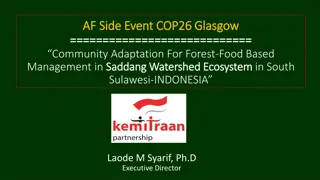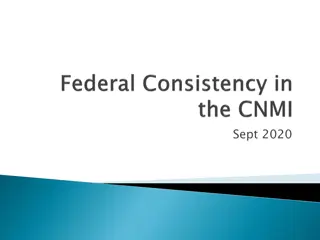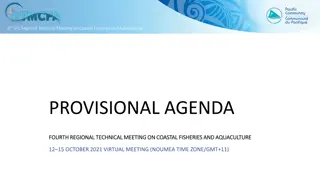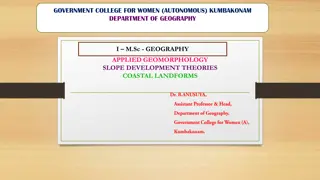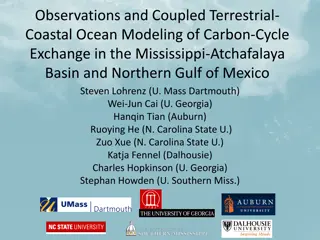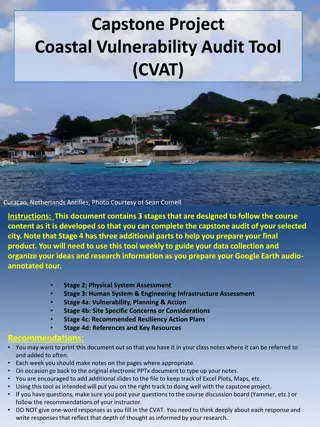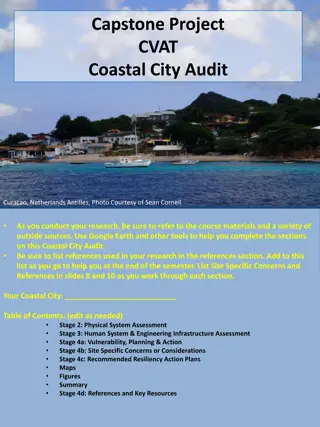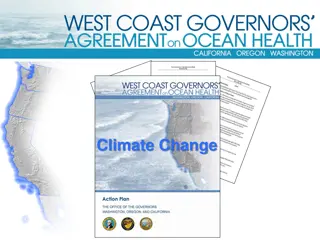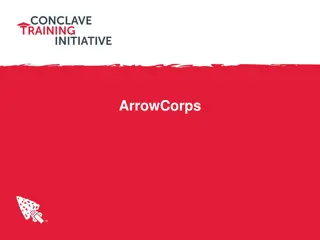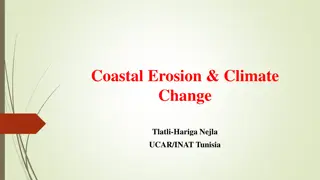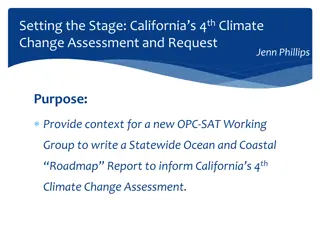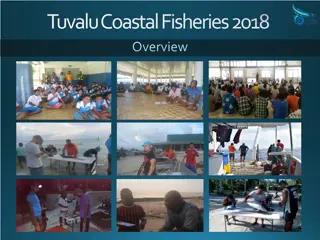Coastal Conservation Strategies for Climate Resilience
Develop conceptual models for coastal conservation goals, targets, and management strategies in the context of climate change. Templates provided for reducing coastal flooding using natural areas, addressing non-climate and climate stressors, and implementing effective management strategies to enhance conservation outcomes.
Download Presentation

Please find below an Image/Link to download the presentation.
The content on the website is provided AS IS for your information and personal use only. It may not be sold, licensed, or shared on other websites without obtaining consent from the author. Download presentation by click this link. If you encounter any issues during the download, it is possible that the publisher has removed the file from their server.
E N D
Presentation Transcript
Considering Climate in Coastal Conservation Template for Developing Conceptual Models The following are templates of conceptual models from the Guide to Considering Climate Change in Coastal Conservation that you can modify to reflect your project team s conservation goals, conservation targets, key supporting attributes, non-climate and climate stressors, and management strategies. On the following slides, you will find a fillable template that mirrors the conceptual models for each step in the guide. To use this template, edit or replace the text in the graphics by clicking in the text boxes. You can also resize or move the graphics to meet your needs. Office for Coastal Management
Reduce coastal flooding using natural areas Provides water storage for runoff Buffers storm surge Slows pace at which water passes over the land Coastal wetlands (fair) = conservation goal = conservation target (viability) = positive relationship Steps 1 and 2: Conceptual model with example goal, conservation targets, and attributes
Reduce coastal flooding using natural areas Coastal wetlands (fair) Altered hydrology and water storage capacity Outcompete or threaten native species Reduced habitat quality Invasive Species = conservation goal = conservation target (viability) = non-climate stressor = positive relationship Step 3: Conceptual model with non-climate stressors added = negative relationship
Reduce coastal flooding using natural areas Coastal wetlands (fair) Invasive Species Drought and heat stress Saturation during big events reduced or overwhelmed flood capacity Greater competitive edge as local conditions move away from the conservation target's requirements Increased temperature and changes in precipitation = conservation goal = conservation target (viability) = positive relationship = non-climate stressor = negative relationship = climate stressor Step 4: Conceptual model with climate stressors and impacts added
Reduce coastal flooding using natural areas Step 5: Conceptual model with potential strategies added Coastal wetlands (fair) Invasive Species Protection of coastal wetlands Restoration Policies to maintain migration pathways Increased temperature and changes in precipitation Early detection and rapid response for new invasions Targeted treatment of wetlands in current and future flood- prone areas = conservation goal = identified potential strategy = conservation target (viability) = positive relationship = non-climate stressor = negative relationship = climate stressor
Reduce coastal flooding using natural areas Coastal wetlands (fair) Invasive Species Targeted treatment of wetlands in current and future flood- prone areas Protection of coastal wetlands Increased temperature and changes in precipitation Restoration = conservation goal = selected strategy = conservation target (viability) = positive relationship Step 6: Conceptual model with selected strategies added = non-climate stressor = negative relationship = climate stressor






























